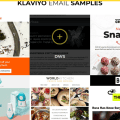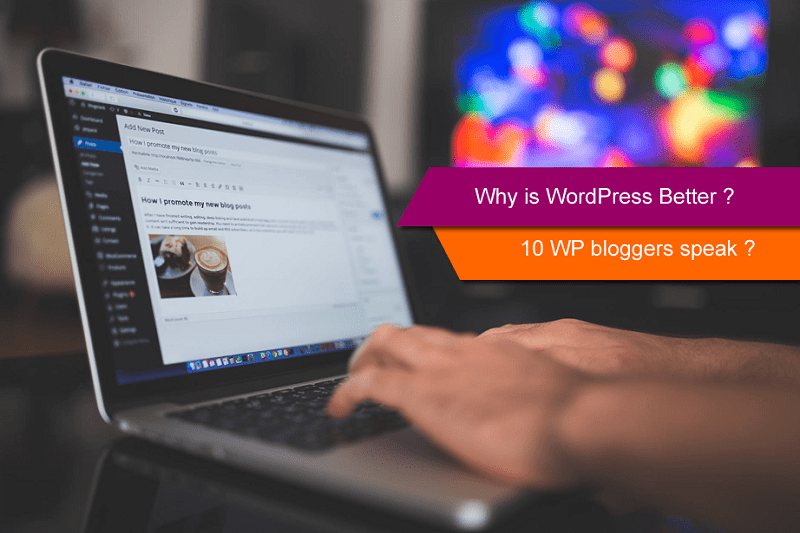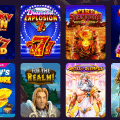Today, understanding the multifaceted world of modern advertisement is paramount for small business owners, digital marketers, and startups looking to carve out a niche for themselves. With various platforms and technologies at our disposal, navigating the vast expanse of advertising opportunities can seem daunting. However, equipped with the right knowledge, businesses can leverage these tools to build a compelling brand presence and drive meaningful engagement.
Table of Contents
Introduction to Modern Advertisement
The era of modern advertisement is characterized by its dynamic and interactive nature, shifting away from traditional, one-way communication models towards a more engaging, two-way interaction between brands and consumers. At its core, modern advertising is about fostering connections, understanding consumer behavior, and delivering personalized experiences that resonate with audiences across various digital platforms.
The Evolution of Advertising in the Digital Age
To appreciate the current state of advertising, it’s essential to look back at its evolutionary trajectory. Traditional advertising methods, such as print media, radio broadcasts, and television commercials, laid the groundwork for brand communication. However, the advent of the internet and mobile technology has dramatically transformed the advertising landscape, introducing digital channels that offer unprecedented reach and precision.
Types of Modern Advertising Strategies

1. Content Marketing
Content marketing focuses on creating valuable, relevant, and consistent content to attract and retain a clearly defined audience. It’s about storytelling and providing information that educates your customers, making it a powerful tool in building trust and establishing a brand voice.
2. Social Media Advertising
Platforms like Facebook, Instagram, Twitter, and LinkedIn have become ubiquitous in our daily lives. Social media advertising leverages these networks to promote products and services, engage with users, and amplify brand messages with targeted ads.
3. Search Engine Advertising
Also known as pay-per-click (PPC) advertising, this strategy involves placing ads on search engine results pages. Google Ads is a prime example, offering a way for businesses to appear prominently based on specific keywords, with payment only when the ad is clicked.
4. Influencer Marketing
This approach partners businesses with influential individuals in their industry or niche to tap into their followers. Influencer marketing can significantly enhance brand credibility and extend reach to new audiences.
5. Email Marketing
Despite being one of the oldest forms of digital marketing, email marketing remains one of the most effective. It involves sending personalized, content-rich emails to a list of subscribers to nurture leads and maintain customer loyalty.
Integrating Storytelling into Your Advertising Strategy
Storytelling is a powerful method to evoke emotional responses and connect with your audience on a deeper level. A well-crafted narrative can transform a simple product advertisement into a compelling brand story that captures the imagination and loyalty of consumers.
Example: Dove’s “Real Beauty” campaign stands out as a quintessential example of effective storytelling, challenging beauty standards and fostering a community around self-acceptance and empowerment.
Practical Examples and Case Studies

- Tesla’s Use of Social Media for Brand Building
Tesla, under Elon Musk’s guidance, has mastered the art of using social media to its advantage. Without traditional advertising, Tesla uses platforms, especially Twitter, to announce updates, engage with customers, and further Elon’s personal brand as a visionary leader, thereby enhancing Tesla’s image as an innovative company.
- HubSpot’s Content Marketing Excellence
HubSpot is renowned for its inbound marketing strategy, utilizing blogs, eBooks, webinars, and more to attract leads. By providing valuable resources, they have positioned themselves as industry thought leaders and built a vast community of engaged users.
Navigating the Complexities of Modern Advertising
To effectively leverage modern advertising strategies, businesses must:
- Understand their Audience: Detailed audience research is crucial for personalized marketing efforts.
- Choose the Right Channels: Not all platforms are suitable for every business. It’s important to select channels where your target audience is most active.
- Measure and Adapt: Continuously monitor the performance of advertising campaigns and be willing to adjust strategies based on data-driven insights.
Conclusion
In the age of information overload, cutting through the noise to capture attention requires innovation, creativity, and a deep understanding of modern advertisement mechanisms. By employing a mix of content marketing, social media, PPC, influencer partnerships, and email campaigns, enriched by the art of storytelling, brands can forge meaningful connections with their audience.
For small business owners, digital marketers, and startups aiming to make their mark, the world of modern advertisement offers exciting possibilities and challenges. The key to success lies in staying informed, being adaptable, and always prioritizing the needs and preferences of your target audience. In doing so, businesses can not only achieve their advertising goals but also build lasting relationships with customers in an increasingly competitive digital ecosystem.
























